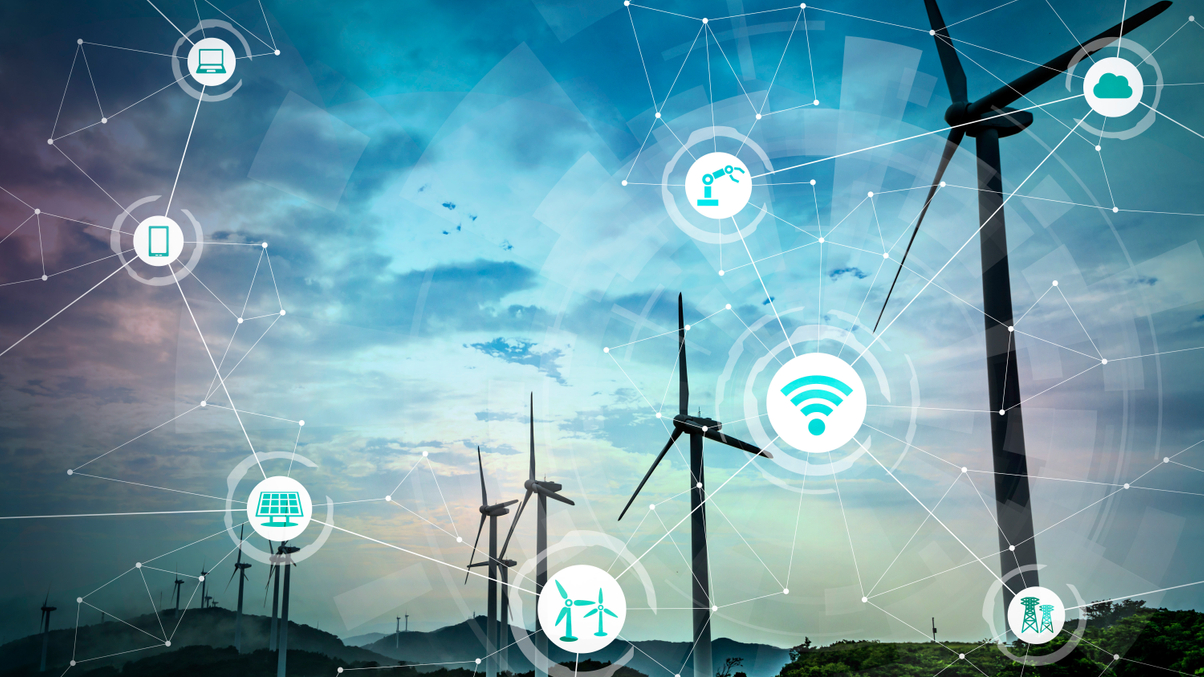Omers eyes digital telecoms and renewable energy in Apac
The Canadian pension fund aims to more than double its regional infrastructure investments by 2026, particularly in renewables, data centres, fibre networks and satellites.

Top Canadian public pension fund The Ontario Municipal Employees Retirement System is targeting opportunities in digital communications infrastructure as well as green investing for its Asia-Pacific infrastructure strategy, with a plan to more than double its share of Apac infrastructure investments in five years’ time.
Sign in to read on!
Registered users get 2 free articles in 30 days.
Subscribers have full unlimited access to AsianInvestor
Not signed up? New users get 2 free articles per month, plus a 7-day unlimited free trial.
¬ Haymarket Media Limited. All rights reserved.


